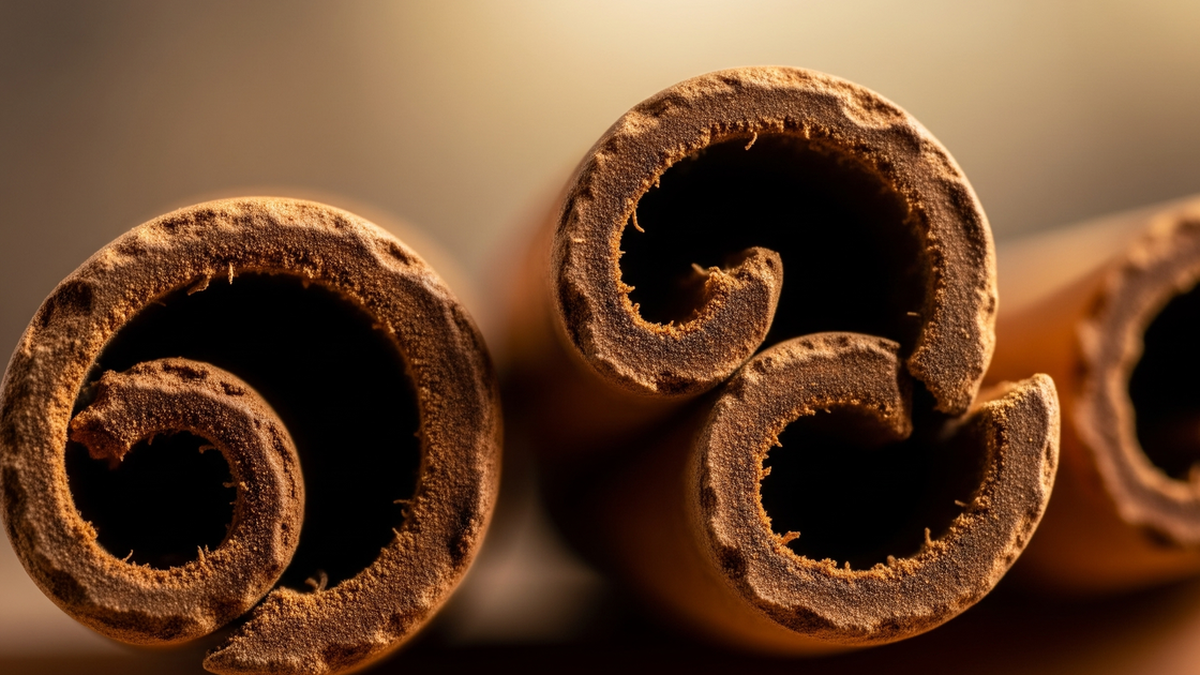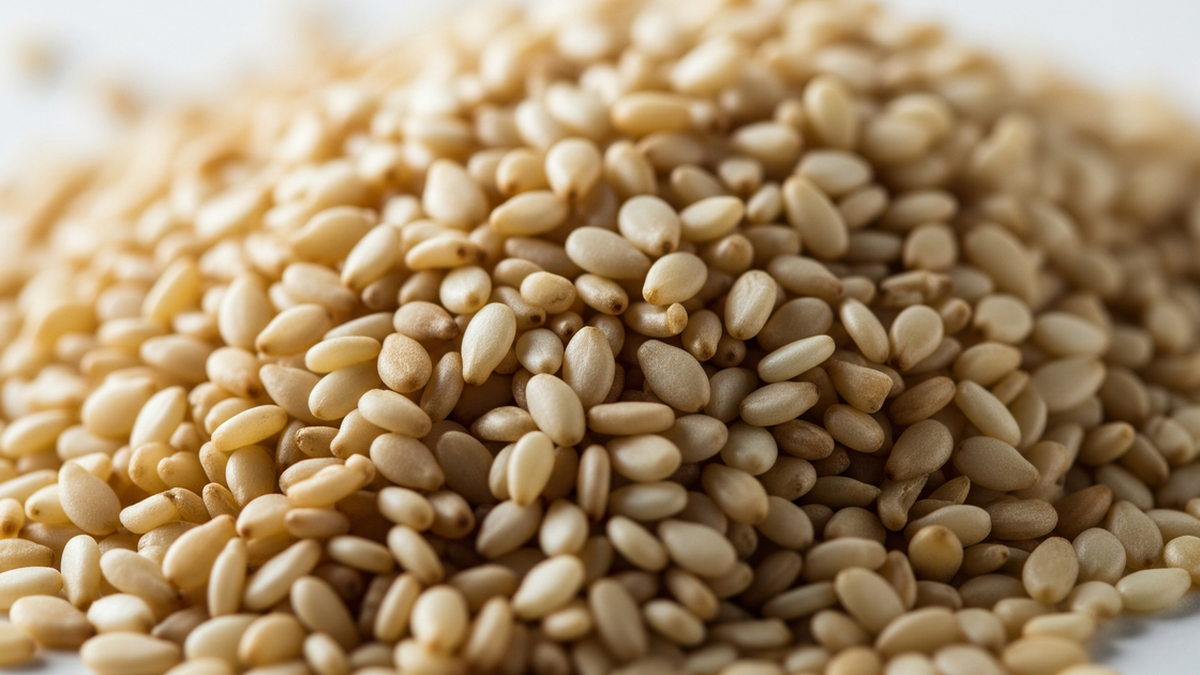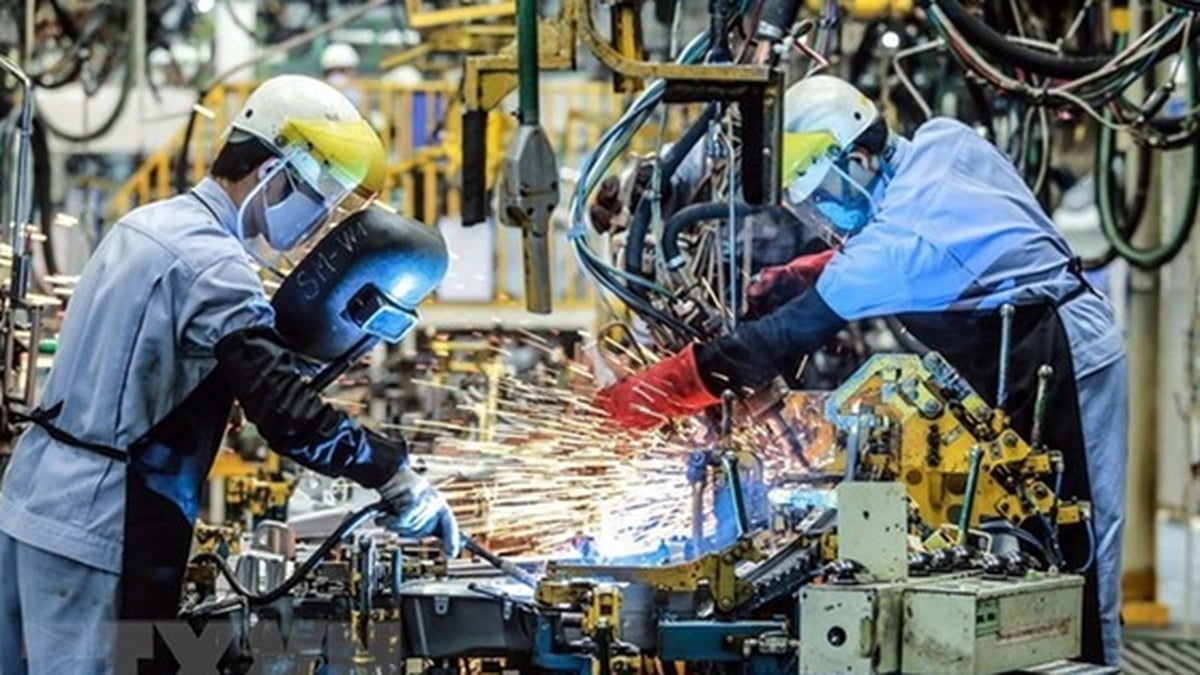Fortress on the Seine
According to Travel France, although it is impossible to determine the exact year of the Louvre's founding, historians agree that the structure on the Seine River was originally built as a fortress under King Philippe II in the late 12th century, as part of the Paris defense system against the threat from the English. The foundations of the old fortress are still underground and are being studied by scientists .
Structurally, the Louvre is a square palace on the banks of the Seine. Two other buildings run along the block. The main entrance to the Louvre today is through the glass pyramid built in 1989, to commemorate the 200th anniversary of the French Revolution. The entire structure was not built immediately upon its inception, but was destroyed, restored, and expanded continuously over the course of 800 years. This process was carried out by many generations, and the Louvre itself changed its role and function many times.
In the 13th century, King Louis IX, grandson of Philippe II, expanded the fortress, adding a chapel and a wing to the west. In the 14th century, King Charles V added ramparts, making the original castle less important as a defense. He then renovated the Louvre as a residence, upgrading the decorative details and establishing a royal library there.
During the Renaissance, the Louvre was further renovated in a non- military direction by King Francis I. He built the royal garden Quai du Louvre, a sports arena, and expanded the art collection that had existed since the time of Charles V. Many iconic works by Michelangelo, Raphael, and Leonardo da Vinci were brought in under Francis I, most notably the painting of the Mona Lisa.
The Louvre now began to take on the appearance of a cultural and artistic work. The reigns of Henry II, Charles IX, Henri III and Henri IV continued this trend. New parts of the old fortress were built in Gothic and Renaissance architectural styles. The Louvre gradually became majestic and magnificent. Henri IV also expanded the tradition of receiving leading artists of the time, thus turning the Louvre into a major European art center of this period.
The French monarchy reached its height in the 16th and 17th centuries, which meant the Louvre had the conditions to grow even more powerfully. During this period, the Louvre expanded four times in size.
Great changes under the French Revolution
A rare low point in the Louvre's history came in the 18th century, when the decline of the French monarchy meant that the castle fell into disrepair. A series of inns, shops and makeshift taverns took their toll on the Seine. Louis XVI even considered demolishing the entire castle.
However, before he could do that, the French Revolution broke out in 1789. The Louvre Palace was nationalized and became a national asset during this period, marking a major turning point in its history. The French revolutionaries held many meetings regarding the fate of this castle. Influenced by the Enlightenment, they decided to convert the palace into a museum. 1793 was also taken as the milestone of the birth of the Louvre Museum.
In the 19th century, the Louvre's history was marked by the two Napoleonic eras. Emperor Napoleon I built the famous Arc de Triomphe and plundered many works of art through wars. His grandson completed the two lavish wings, added galleries, and connected the various areas of the palace.
During World War II, the Louvre was used by the French government as an evacuation point for civilians. This period is also associated with the name of Jacques Jaujard, who organized the evacuation and protected the art collections at the Louvre from the clutches of the Nazis when Paris was occupied. Coincidentally, Mr. Jaujard later married a female resistance fighter codenamed Mozart, a musical genius whose many relics are also kept at the Louvre.
Through the efforts of many generations, this magnificent structure has been preserved and continues to be expanded to this day. In 1984, the glass pyramid was built in front of the main entrance of the museum by Chinese-American architect Ieoh Ming Pei. In 2012, an Islamic art gallery was also inaugurated at the Louvre.
Louvre today
The former fortress is now one of the world’s largest museums, housing more than half a billion works of art, 35,000 of which are on public display. If you spent 30 seconds on each work, 24 hours a day, you would see the Louvre’s collection of more than half a billion works in about… 200 days. More than 500 films, novels, and songs have been inspired by the Louvre, the latest and most famous of which is probably “The Da Vinci Code.”
The museum alone welcomes 9.6 million visitors a year, mostly foreigners. Most come to take pictures with the Mona Lisa or the Venus de Milo. But the Louvre is more than that. Every corner, painting, and small relief of the museum bears the mark of history and art. The building itself is an architectural masterpiece. For example, the glass pyramid is not only a decoration, it also provides natural light to the series of hidden galleries below.
The interesting thing about the Louvre is its acceptance of diversity. The museum has famous works from Europe such as France, Italy, Austria... and also has representatives from art around the world. The French do not reject other cultures. The appearance of the glass pyramid or the Islamic art section is proof.
When talking about the Louvre, we have to talk about the Mona Lisa painting. This is a masterpiece by Leonardo da Vinci, praised as the most famous work of art of all time. According to Paris City Vision, the Mona Lisa was painted in the early 16th century, brought by Leonardo when he visited France at the invitation of King Francis I. This king later bought the work and the painting is owned by the French to this day.
Controversy over the identity of the woman, the method of painting, and the hidden meanings that Leonardo placed in the Mona Lisa flared up at that time and lasted for centuries. The work was preserved in various palaces by French kings and was first displayed at the Louvre in 1797. Like the Louvre, the work is also closely linked to the ups and downs of France. It was once mounted on the wall of Napoleon’s bedroom and was stolen from the Louvre in 1911.
During its time at the Louvre, the Mona Lisa was stoned, slashed with razor blades, and sprayed with red paint. Today, the work is protected by bulletproof glass. The Louvre has instituted a new tour schedule that allows each group of visitors today to view the masterpiece for about 30 seconds. The museum has also set up a separate, empty area around the painting to be dedicated to the legendary painting.
At the recent Paris Olympics, the Louvre opened an exhibition dedicated to the Games. Visitors were able to explore the origins of the ancient Olympics, their modern history, the political context, the milestones and symbols of the event. The French proudly believe that this is a testament to the spirit of integration, creativity and change that the Louvre has demonstrated throughout its 800-year history.
MINH CHIEN (Translator)
Source: https://nhandan.vn/lich-su-lau-doi-cua-louvre-post829797.html




















































![[Maritime News] More than 80% of global container shipping capacity is in the hands of MSC and major shipping alliances](https://vphoto.vietnam.vn/thumb/402x226/vietnam/resource/IMAGE/2025/7/16/6b4d586c984b4cbf8c5680352b9eaeb0)













































Comment (0)